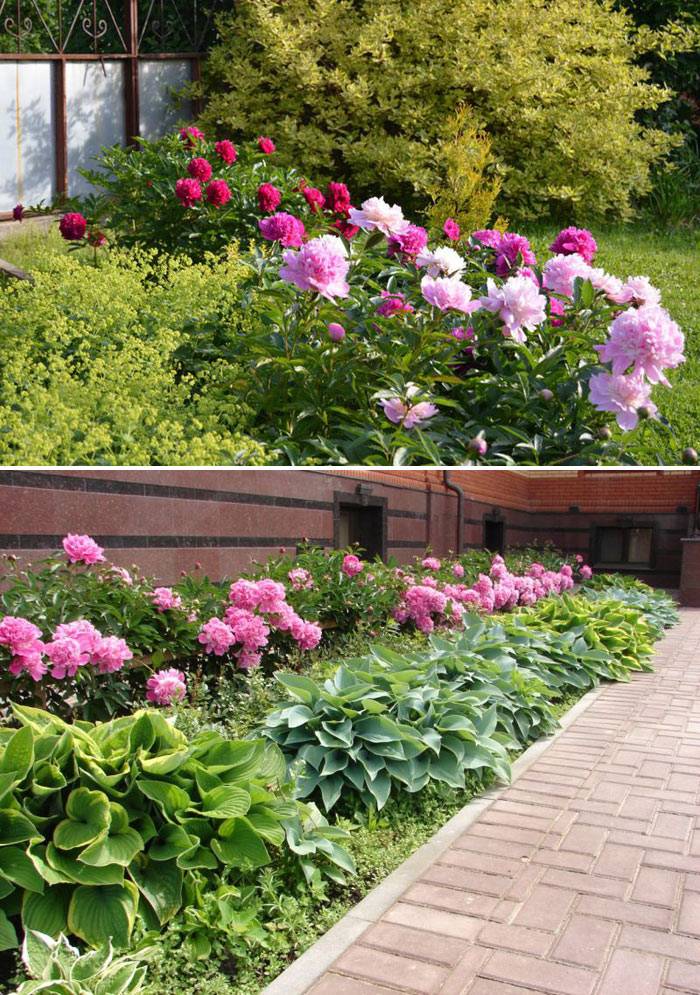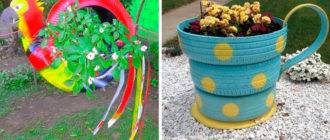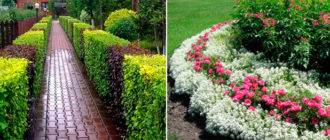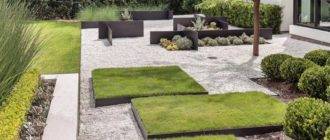Flower beds with a variety of colors are the decoration of any site. The choice, of course, is huge, but when decorating a flower garden, it is important not to overdo it and harmoniously select varieties that will emphasize the beauty of each other, and not compete. So here are some tips on how our favorite flowers work best, including roses, tulips, peonies, irises and daffodils.

Roses
Many gardeners believe that the beautiful rose is very effective in itself, and all other flowers fade against the background of its greatness. Indeed, rose bushes look great against the background of a monochromatic space, for example, the walls of a house, a fence, a hedge. They are also good in the form of an independent flower bed on the site.
But the rose has neighbors that will help to further emphasize its expressiveness and riot of color. So, for example, you can plant low representatives of conifers next to it, the main thing is not to place them close to each other, since both residents of the flower bed require significant space for growth.
Bright colors of roses will look good next to not the most expressive plants, blooming small flowers of pastel colors: sage, gypsophila, lavender, heuchera or katran.
Rosebuds go well with green, so the bush, with enough space between plantings, can be diluted with tall decorative grasses or silver wormwood.
Blooming roses will look great with large-sized clematis, delphiniums or phlox. Colors can be taken as contrasting to give the flower bed brightness and richness, and monochromatic to obtain an elegant strict composition.
If curly roses grow on the site, then an interesting solution would be to "make friends" them with grapes. These plants are very similar in terms of care and watering and light requirements.
Sage, marigolds, clematis, lavender or marigolds planted near a flower bed with roses will help ward off many pests that are harmful to a delicate rose.
Do not combine a rose with a carnation, peonies and mignonette - these plants do not look together.
Peonies
Peony bushes, as a rule, are found in the form of individual independent plantings. These beauties with fluffy buds are too proud and independent to share their flower bed with anyone else. Peonies grow very quickly and create abundant shade for their green neighbors, therefore, even a meter away from them, the plants feel uncomfortable and may die.
If the flower garden is not limited in area, then monochrome one-year-olds can be planted near the peonies, whose flowering period occurs later than that of peonies. They will add color to its lush green leaves.
Peonies go well with plants that do not bloom, but have beautiful decorative leaves - hosts, cuffs.
When creating a combined flower bed or mixborder, peonies either fade into the background and adjoin the fence, wall, or are the central figure of a circular composition.
The nasturtium planted next to it will drive away the destructive insects, but the lilies of the valley will oppress the composition.
Tulips
Today there are a large number of types and colors of tulips, they fit perfectly into almost any composition. These flowers can be used to create flower beds with geometric patterns, ornaments and patterns of solid or contrasting colors.
A flower bed of tulips alone, composed of its different varieties, will look great. You can plant several varieties of bulbous plants in a single space, they will ideally complement each other.
Probably everyone who has seen the daffodils and tulips standing next to each other will agree that this is a beautiful combination of spring flowers. A successful combination would be to plant decorative bows and gypsophila among tulips. They can be used to dilute other flower beds with a later flowering period.Chrysanthemums, gladioli, phloxes and marigolds will become excellent neighbors.
Do not plant lilies and tulips together - they share the same diseases and pests.
Irises
Irises grow well in shaded areas, they are quite tall, and their inflorescences bloom by the beginning of the summer season.
As a neighbor, iris is a great option, it gets along well with almost all plants. It only remains to decide which composition to dilute with these bright, perky colors.
Iris will look good next to lilies, poppies or incense, as they grow about the same height. If it is used to create a mixborder, then it is better to make it a background figure (or a central one for a circular flower bed). And then - a matter of your imagination. In the foreground, you can plant petunias, tulips, clematis, phlox, lupins, heather, lavender or nasturtiums.
In a monochrome flower bed, consisting only of irises, the space between them can be filled with decorative cereals.
The only plantings where the iris will be uncomfortable are the bushes of roses and peonies, you should not plant them nearby.
Daffodils
Daffodils are one of the first to delight with their flowering, therefore it is better to combine them with early flowers to emphasize all the riot of sunny colors. The yellow color of the daffodil is accentuated by blue woods, blue muscari, purple hyacinths.
You can make a monochrome flower bed of white daffodils, hyacinths and tulips, which will look gentle and elegant in spring.
If you are a lover of variety and monochrome seems boring to you, then we suggest adding saffron and hazel grouse to the daffodils.










